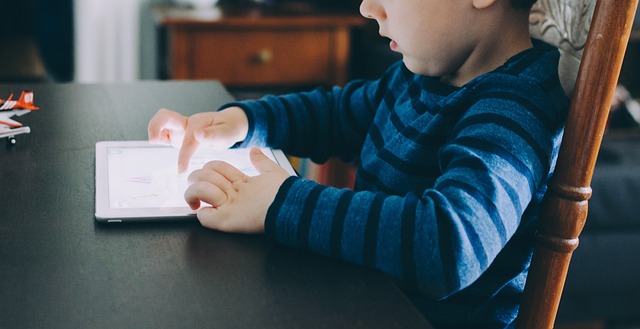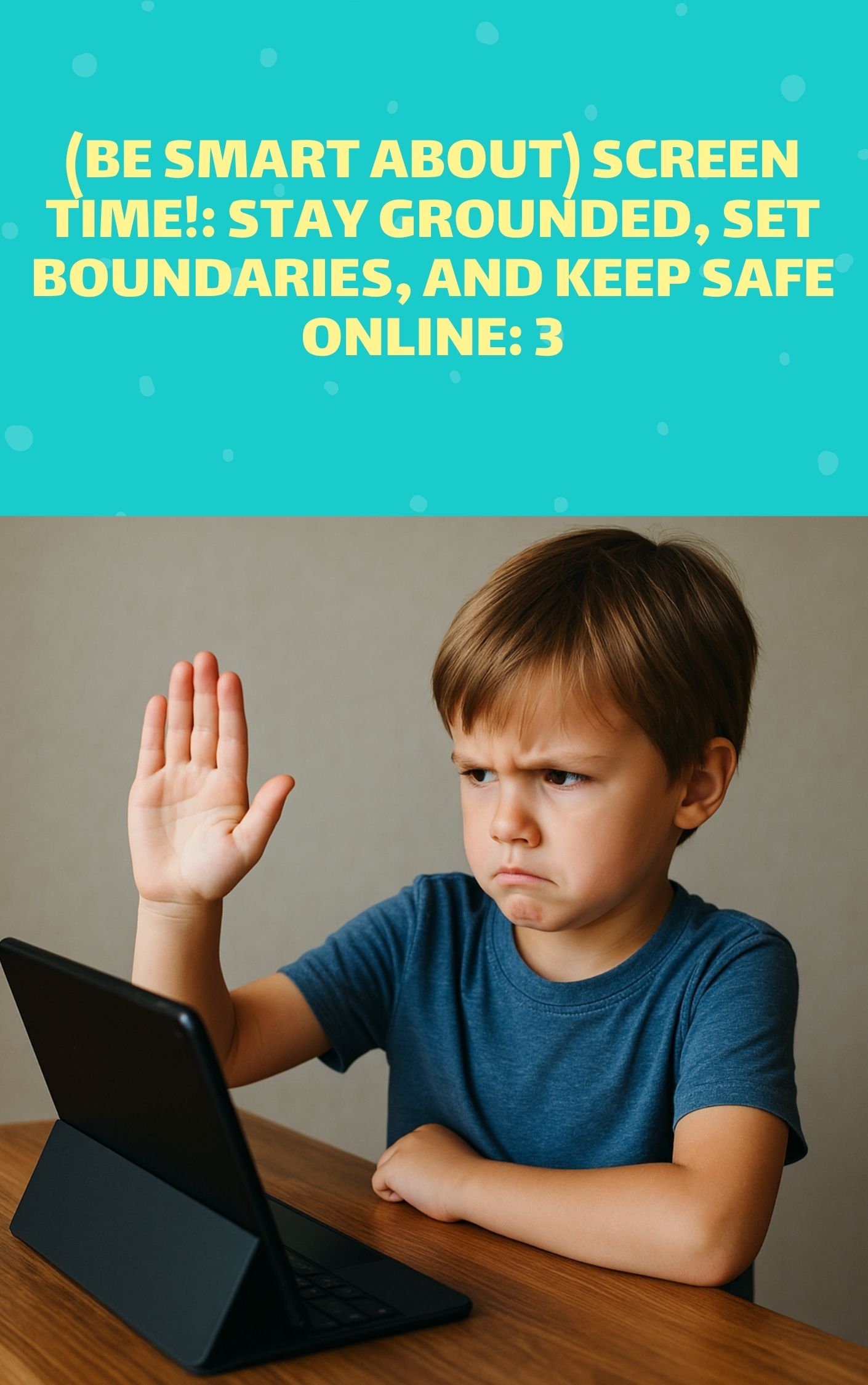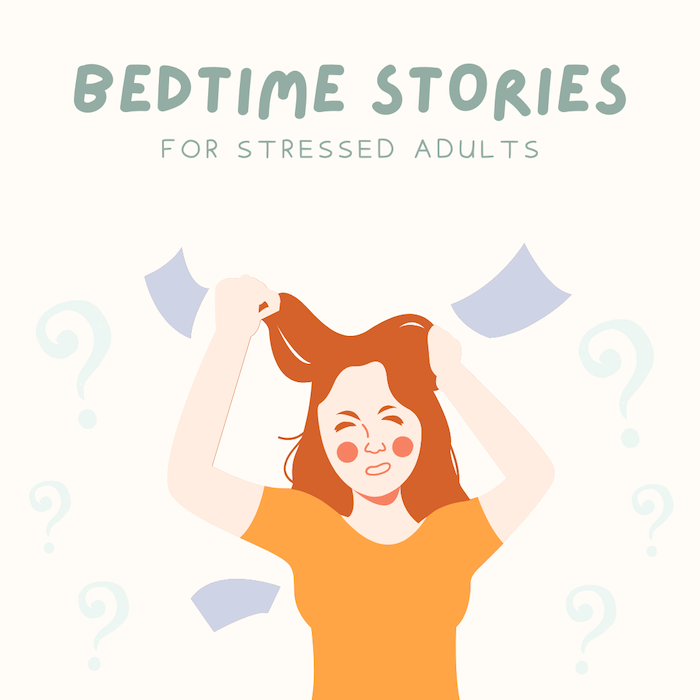Children Aged 3 – 7
At this early stage in your child’s life, up to the age of 7 or 8, screen time is less of a worry than the teen years. We would say that the older a child gets, the more they want to be on their screens. This curve will plateau when they reach adulthood when they will spend as much time on their screens as they want – much like you do.
But, being ‘less of a worry’ does not mean you can take the easy road and not manage it. Why? Because your child is most impressionable up to the age of 7 and the boundaries and foundations you put in place when they are young will be more easliy managed when they get older. Not easily, just more easily than if you don’t.
Balance is the most importnant thing
Some parents view screens as their saviours – quiet time without the million questions, or “mom…..”mom……mom” every 3 seconds. Others view screens as a disease which should be avoided. But lets face it, our very existence today relies on screens. Education is often video, reading, enterntainment – just about everything. We’ve evolved from weilding swords to typing. The pen is mightier than the sword…
As with anything, ‘somewhere in the middle’ is always a good place to aim. Too much screen time can lead to concentration issues (even in adults) and physical shortcomings, but no screen time will put our children socially behind the rest.
And since we, as adults, spend most of our days behind computers, we cannot play the hypocrite and tell our kids not to.
Lead by example
As adults we are expected to be more self discilined, more intuitive – wiser. But that is seldom the case. We all have our struggles and weaknesses. These we can only challenge if we are aware of them. It’s likely that your screen time is difficulty for you but try lead by example and put your phone down, sit with your child and even make sure they notice that you are not picking up your phone. They have your full attention. Even through the boring stories.
Be aware of your phone time when your kids are around – they notice more than you think.
Remember that when you are on your phone, you are engaged with what is on your screen. To the person on the other side, child or adult, you’ve created a gap. They are no longer on your radar. And it’s a lonely place to be. We’ve all been on both sides.
Boundaries
A hard ‘no’ often brings out the worst in us. As soon as we can’t, we want to. This is why the space within the boundary is more important than the boundary itself.
If you think of a sports field, the players can have all the fun they want, be as competitive as they want within those lines. But as soon as the ball goes out, play stops and they have to start again.
If you deny kids a football field, they will just play in the street.
What are we saying? Give them screen time. Encourage them to enjoy it, make the most of it. But when screen time is over, it’s over. But only for while. They will have more tomorrow and the day after that and the day after that. It’s never truly over.
It gets easier
Problems are very seldom solved at the first attempt. Habits are never broken before the first few tries, but consistency will be your key here. Don’t overdo it. Consistency is better than intensity. Stay the course and you will get there.












